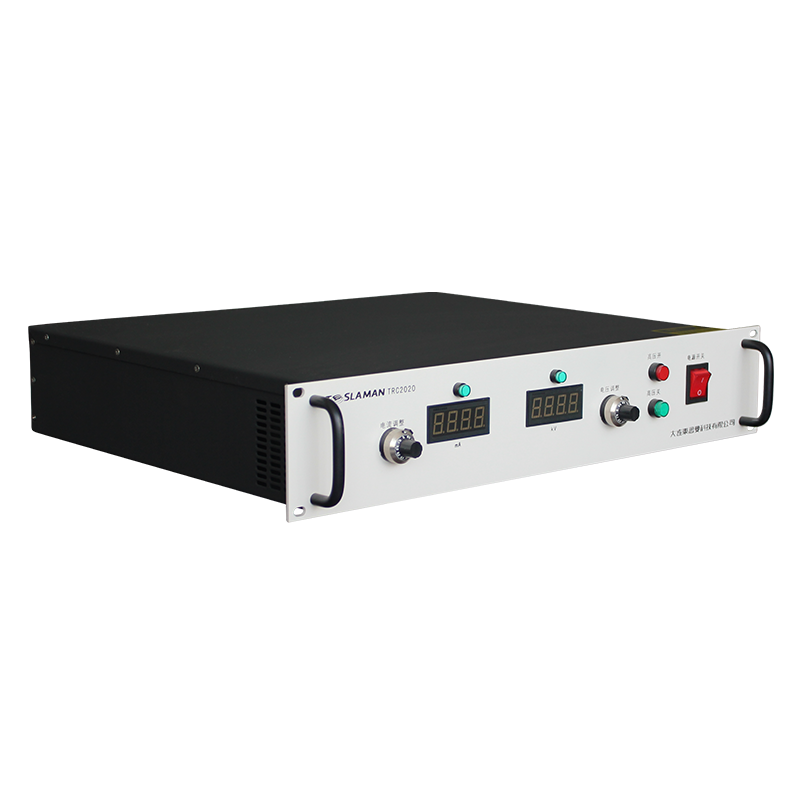Compatibility and Scalability of Semiconductor Testing Power Supplies: Technological Evolution and Application Challenges
As semiconductor technology advances toward higher integration and smaller processes, the compatibility and scalability of testing power supplies have become critical to ensuring chip testing precision and efficiency. Compatibility and scalability require not only adaptation to diverse testing scenarios but also support for dynamic load variations, multi-channel coordination, and stable operation in complex electromagnetic environments. Their technical implementation involves multi-dimensional innovations in hardware architecture, control algorithms, and system integration.
1. Modular Architecture: The Foundation of Hardware Compatibility
Modular design is the core strategy for addressing compatibility issues. By dividing high-voltage power supplies into five functional modules—input processing, power conversion, control logic, output filtering, and protection mechanisms—each module interconnects via standardized electrical and communication interfaces (e.g., CAN bus or customized digital interfaces). This design enables:
Power Flexibility: Replacing power conversion modules covers current output requirements from milliamps to kiloamps, meeting the testing needs of discrete devices and SoC chips.
Functional Expansion: Adding dedicated modules (e.g., pulse generation modules) supports dynamic switching tests for IGBTs without restructuring the entire power system.
2. Dynamic Load Adaptation Technology: Tackling Complexity Challenges
Semiconductor testing loads exhibit highly nonlinear characteristics:
Capacitive/Inductive Load Compensation: For phase distortion in high-frequency transistor testing, real-time impedance matching algorithms adjust LC filter network parameters to reduce power loss caused by signal reflection.
Transient Response Optimization: In IGBT module testing, load currents may surge from zero to hundreds of amps. Predefined load variation models allow the control module to adjust PID parameters in advance, limiting voltage drops to <5% and preventing device damage from voltage overshoot.
3. Multi-Channel Coordination and Electromagnetic Compatibility (EMC)
As testing systems evolve toward multi-channel parallelism, power supplies must address inter-channel crosstalk and external electromagnetic interference:
Channel Synchronization: FPGA-based timing controllers enable 128-channel cascading, with output voltage deviations of <0.05%, ensuring consistency in large-scale IC testing.
3D Shielding Technology: A composite shielding strategy—metal enclosures for external radiation attenuation (>60dB), localized shielding for sensitive circuits, and common-mode chokes for conducted interference—reduces output voltage ripple to <10mVpp, meeting high-precision ADC chip testing requirements.
4. Software-Defined Power: The Ultimate Form of Compatibility
Software-based control represents the advanced stage of compatibility and scalability:
Programmable Parameter Interfaces: Users can customize voltage slew rates (1V/μs to 1000V/μs), pulse widths (nanoseconds to seconds), and other parameters to adapt to scenarios from aging tests to RF chip testing.
Digital Twin Pre-Validation: Virtual models simulate load transients, temperature drift, and other conditions before deployment, predicting compatibility issues and auto-optimizing control parameters, reducing physical debugging cycles by >40%.
Conclusion: Balancing Compatibility and Scalability
The future competition in semiconductor testing power supplies hinges on compatible architectures and intelligent control capabilities. Modular hardware provides the physical foundation, dynamic load algorithms enable scenario adaptation, and software-defined capabilities empower continuous evolution. With the proliferation of heterogeneous integration technologies like Chiplet, testing power supplies must further integrate wide-bandgap semiconductors (e.g., GaN) to enhance response speed and adopt AI-driven predictive maintenance, ultimately building a one-machine-fits-all-chips next-generation testing ecosystem.




















